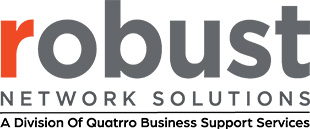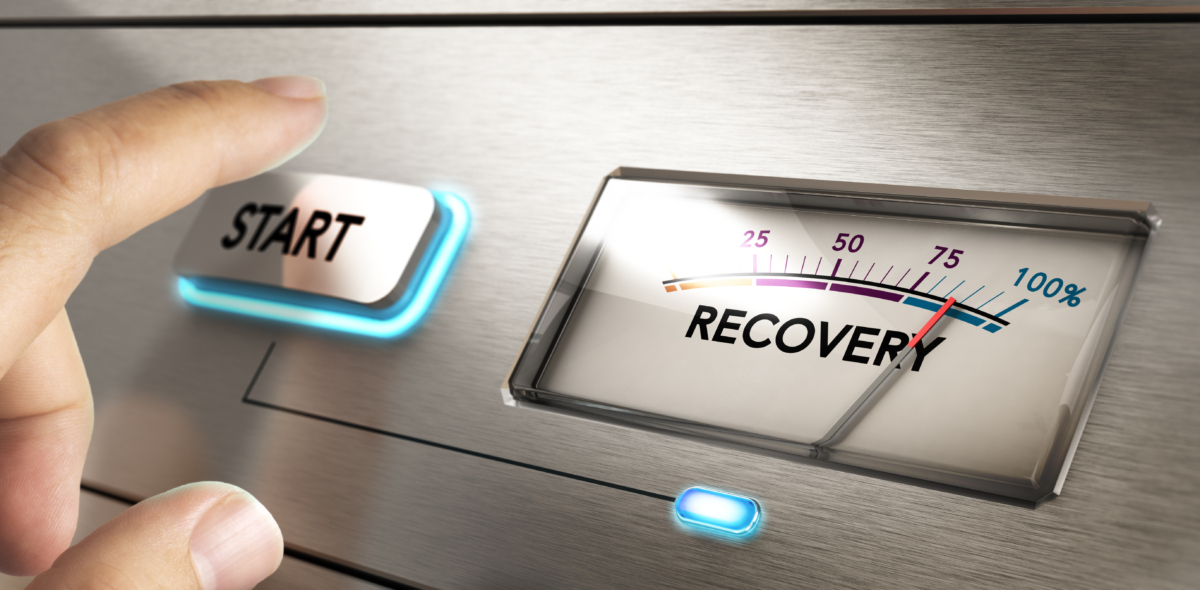What is a Disaster Recovery Plan?
A disaster recovery plan for a small business—or a large one—refers to a combination of steps, technology, and mindsets that enable an organization to recover from a disaster as quickly as possible, minimizing downtime. There are a few essential elements to any successful disaster recovery plan, including:
- A recovery point objective (RPO)
- A recovery time objective (RTO)
- Workload prioritization
- Failover
- Disaster recovery protocols and testing
Recovery Point Objective (RPO)
A recovery point objective (RPO) is designed around the maximum amount of data your organization can lose while still maintaining operations. For many organizations, their RPO is time-based. As long as their systems are backed up every hour, they will be able to recover within a reasonable amount of time.
For other companies, their RPO refers to a qualitative assessment of specific systems and data. For example, if they have a web server that powers a payment portal, they may identify that as a system that needs a redundancy that can be spun up within a few minutes of a disaster.
Recovery Time Objective (RTO)
Your recovery time objective (RTO) refers to the amount of time you have to recover before the financial loss presents a significant problem. In most situations, an organization will calculate the RTO for the most business-critical systems individually and design their plan accordingly.
Workload Prioritization
Some processes are more critical than others due to the workloads they involve and how they’re interwoven into your operation. By prioritizing your workloads, you can set up an IT policy that guides how to allocate your recovery technologies.
For example, your server setup, especially if it hosts processes central to your business’s cybersecurity or revenue, may be high on your list of prioritized systems.
Failover
Failover describes the process of offloading important tasks to a specific backup, parallel, or redundant system to ensure smooth, reliable business continuity. An effective failover system is automated, requiring little to no network management on the part of IT admins.
Disaster Recovery Protocols and Testing
An effective disaster recovery approach requires a shift in mindset on the part of all actors within the organization, and this is used to drive your protocols. For example, if you have a crucial database hosted on-premise and a backup system in the cloud, everyone who could be impacted by a disaster needs to know how this infrastructure works as well as any potential cybersecurity issues. They also have to understand their roles in the event of a disaster.
This then forms the foundation of your disaster recovery protocols, which include a combination of action steps and technological tools. Once you’ve put these in place, you have to test them out. You can do dry runs where everyone is informed or pseudo “fire drills” where the IT team creates a false disaster to see how your systems and people respond.
Robust Networks can help you evaluate your IT setup and design the best disaster recovery system for your needs. Learn how by connecting with Robust Networks today.

